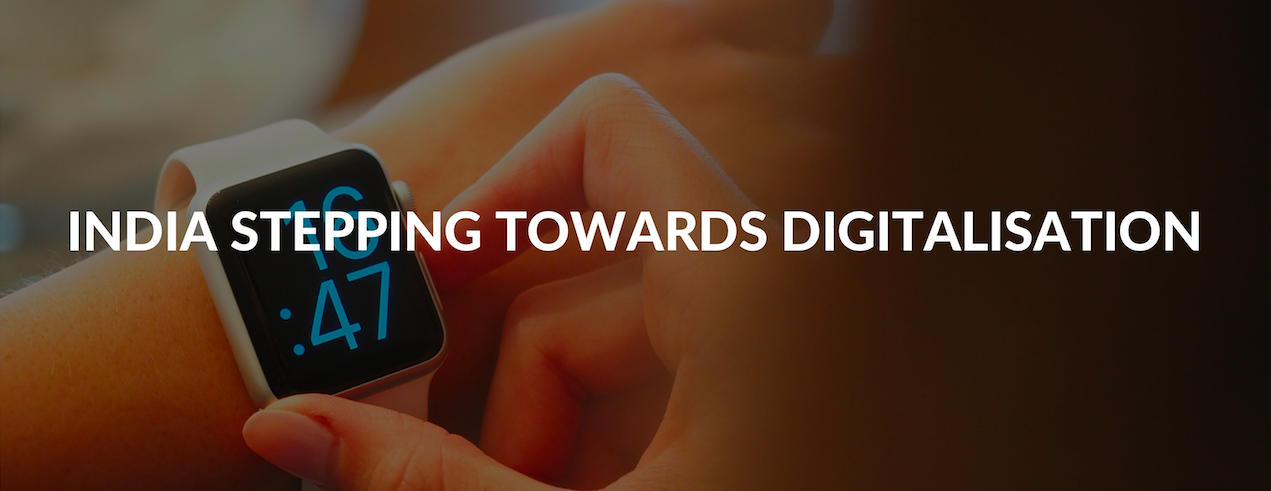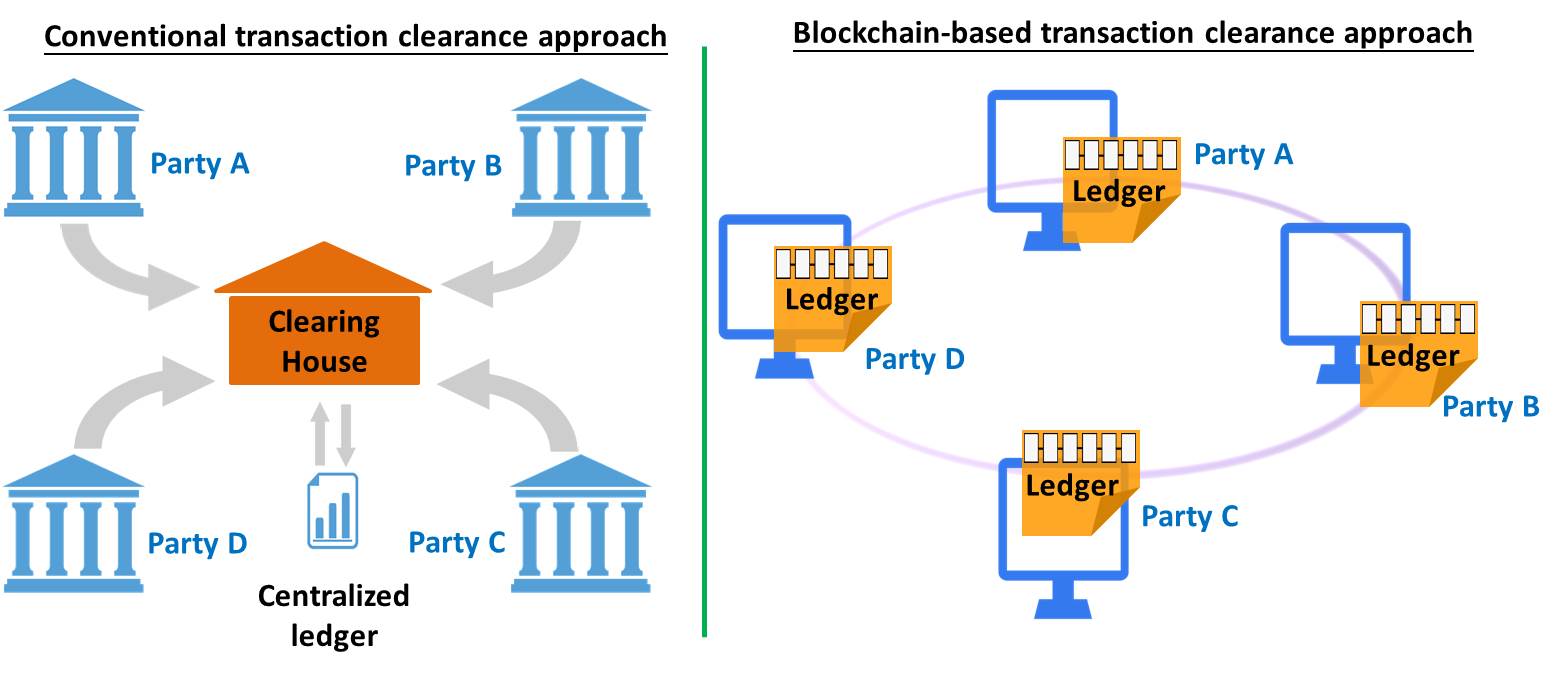
15th August last month marked our 70 years as an independent country overcoming the tyranny lasting since 1757. We’ve come a long way from where we started. I’m gonna narrow down our development in the field of internet and slowly dive in cryptocurrency. India is the second largest user of Internet in the world after China and only 10.1% of our entire population use internet. However, this point is worth noting that we are really large in numbers.
Internet was introduced to us in 1995. In that year itself, the Committee of proposed Legislation on Electronic Funds Transfer and other Electronic Payments emphasised EFT system. After that India’s IT exports have gradually climbed up the technological ladder. Indian firms now hold 1.5–2% of the global software services market. IT sector is a globally competitive industry and India’s success in it has placed the country on the global map of rapidly growing sector despite being the fact that India used to be a country whose success in both exports and industrialisation has been modest. The increase in growth was primarily due to the inclusion of services-based elements in manufacturing.
Opportunites in IT enabled services and remote processing opened up huge range of services from medical transcription to insurance claim processing, from payroll and human resource services to customer interaction services, data digitisation and geographic information system, call centres, digital content and legal databases and online education which all together emerged as the most dynamic drivers of the technology led service industries in India. From an equity perspective, India is the second best BRIC market this year, following the volatile Russian stock market.
However, the concept of digital currency is still a brand new subject for us. Even Reserve Bank of India (RBI) has no proper rules and guidelines regarding cryptocurrency. The only thing that comes as a roadblock in RBI’s eligibility criteria states: “Only banks which have been permitted to provide Mobile Banking Transactions by the Reserve Bank of India shall be permitted to launch mobile based prepaid payment instruments (mobile wallets & mobile accounts.”
Fiat money is a currency without intrinsic value established as money by government regulation or law for example, our currency notes. In order to enter into this digital market; fiat is needed to purchase Cryptocurrency. A perspective that few holds is that “Fiat will fade away as more people adopt cryptocurrencies.” If we keep fiat out of the system, then cryptocurrency is unregulated in India.
Over the past few years, despite the lack of regulations in the Indian digital currency industry, a few bitcoin exchanges have sprung up and started operating with self-regulated trading platforms with strict Know Your Customer (KYC) and anti-money laundering systems in place. These include startups like Zebpay, Coinsecure and Unocoin. These startups have also raised funding from investors and have slowly been building faith in digital currency sector despite scepticism from the government.
In July 2016, Deputy Governor Rama Gandhi of the Central Bank of India “urged banks to work to develop applications for digital currencies and distributed ledgers.

Distributed vs centralised ledgers
Centralised ledgers and Distributed ledgers:- Bank uses the conventional transaction clearance approach in which there is a clearing house, such as bank or company which is associated with different parties or users. Now for every transaction held in clearing house a record is maintained therein for recording transactions relating to a company’s assets, liabilities, owners’ equity, revenue, and expenses which are known as centralised ledgers. In blockchain based transaction clearance approach, distributed ledgers are maintained for every transaction which is nothing but a consensus of shared, replicated and synchronised digital data geographically spread across multiple sites, countries or institutions.
The concept of digitalisation mainly came to light after the announcement of demonetization by Prime minister Narendra Modi on 8th December 2016 in which he declared that use of all ₹500 and ₹1000 banknote of Mahatma Gandhi series will be invalid past midnight and also announced the issuance of new ₹500 and ₹2000 banknotes of Mahatma Gandhi New series in exchange for the old banknotes.
Impact of Demonetization
The sudden nature of the announcement and the prolonged cash shortages in the weeks that followed created significant disruption throughout the economy, threatening economic output. Cash shortages forced the society to go cashless. That was a major step toward digitialisation. Before this, cash was the main mode of payment for the middle and lower class family in the country which contributes to the maximum population but after that people went cashless started using card mode of payment. A mobile wallet startup Paytm becomes “the India’s largest mobile payments startup”, after 86% of India’s Cash was sucked out from circulation. Everyone tends to make payments from mobile wallets and a dream of Digital India was set in motion. Despite being unregulated Cryptocurrencies have some significant signs of progress among Indian. Legalisation would further increase the trading volumes in India along with that it will be a major step toward making India digital. Digitalisation will show the signs of progress for the Indian economy. It will also be a step toward making “India- A developed nation.”
IndiCoin is a team of a developer from India who has come up with a new blockchain based project centering around social service. This project will mark the launch of the first cryptocurrency from this country. We are a team of young and creative developers straight out of grad. college. Crytocurrency is something which has a lot of potential volumes still to be covered, both locally and globally.
Do let us know what you think about this ! HERE
Visit our website at www.indicoin.org.in
MIHIR
Community Manager and Researcher
IndiCoin: India’s Own Cryptocurrency